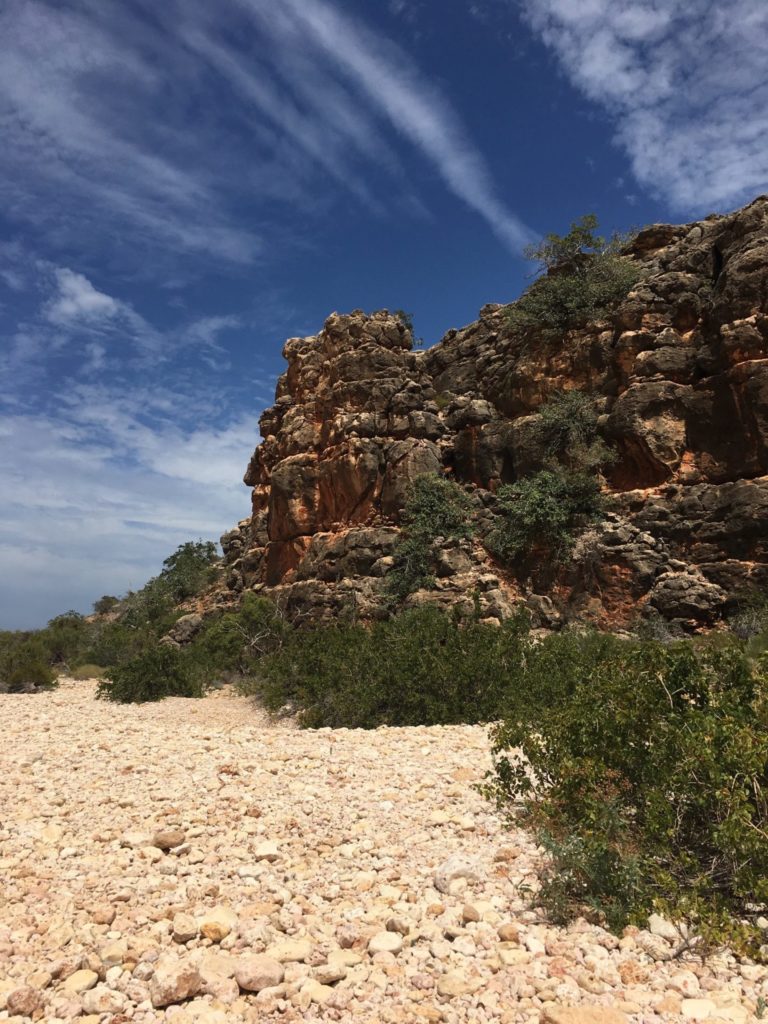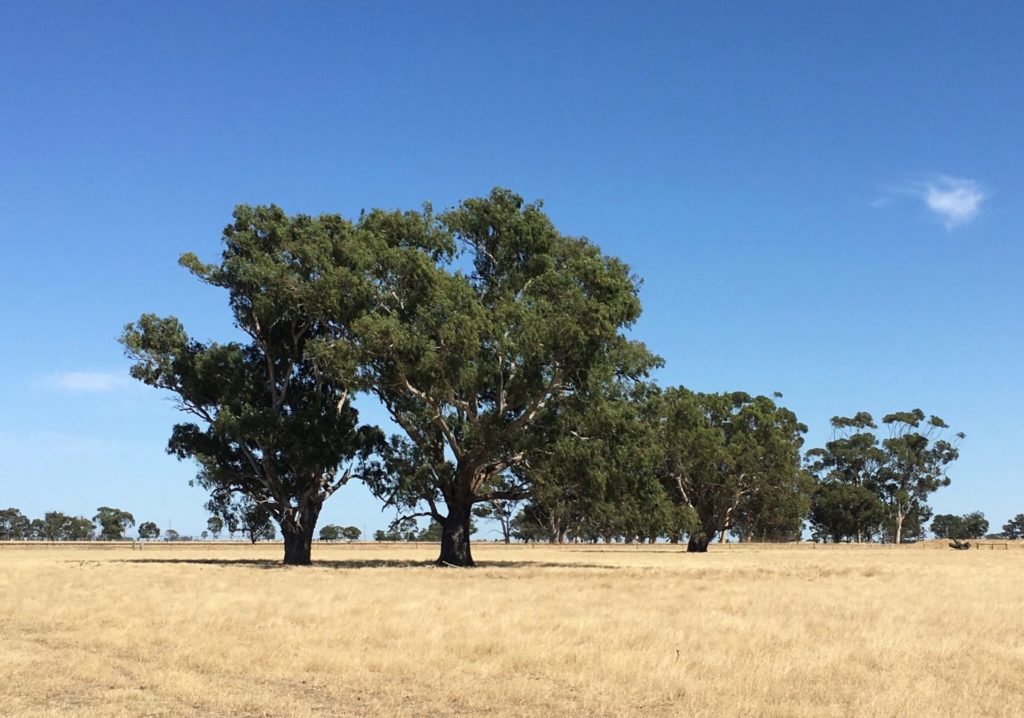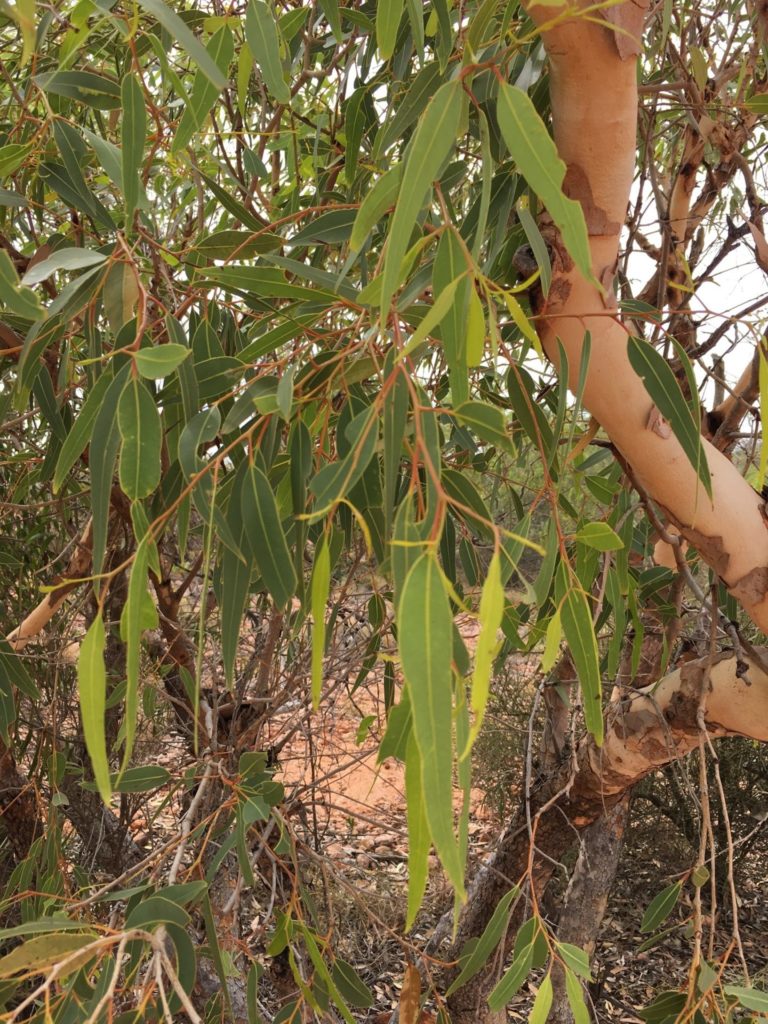The climate crisis is also a biodiversity crisis
Dr Andrea Byrom, co-director of BioHeritage
January 2020
Like many of us, the summer break has seen me transfixed with horror at the scale and magnitude of the bushfire crisis in Australia. As an ecologist, I can’t help but be appalled at the loss of some of Australia’s most beautiful ecosystems and landscapes. And as someone who experienced all 20,000 (and counting) Christchurch earthquakes, I know only too well the human toll of such disasters. Whole communities will now experience ongoing anxiety, loss, dislocation, and mental health issues for years to come. And the bushfire season isn’t yet over.
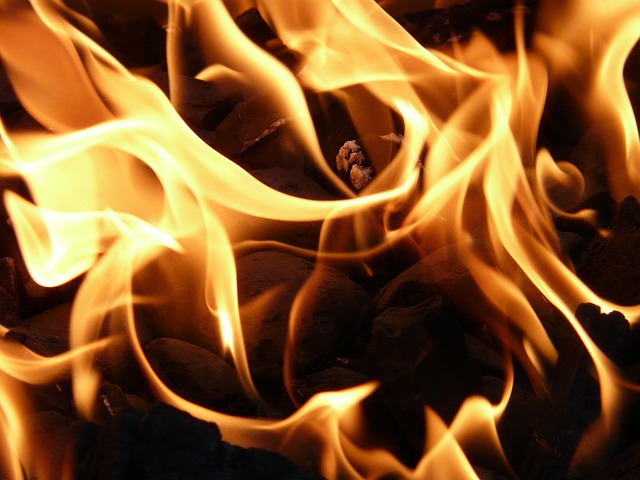
The biodiversity crisis
At times like this, the climate change debate heats up. As it should – what more will it take to force denialist politicians to acknowledge that we’re in the midst of a climate crisis? What will it take to compel you and me to act to reduce our very large collective footprint on this planet? What will it take to ensure that people in Sydney (… London, New York, Auckland…) don’t go back to sipping their lattes, safe in their urban world and planning their next big night out, once the smoke has cleared?
What is missing, yet should be just as ‘front of mind’ for us all, is the the link between climate change and biodiversity loss. To my mind, if there is one small silver lining amongst the clouds of smoke, it is that that link has become gruesomely explicit. The link is important, because it makes people care, and when they care, they take action.
International media outlets are full of gut-wrenching images of burned koalas, video footage of fleeing kangaroos, and firefighters sharing water with wildlife. Judging by the public outpouring of emotion (and donations) in response, intuitively we know something is very, very wrong. We care about biodiversity, and we care a lot. Indeed, we know that people experience grief in relation to biodiversity loss.
As an ecologist, I can’t help but think of the stunning Australian ecosystems I have been priveliged to visit in my career. Tropical woodlands in the Northern Territory, Jarrah and Karri forests in Western Australia, sugar gums and sheoaks on fox-free Kangaroo Island in South Australia, subtropical rainforests in southern Queensland, sclerophyll and box gum woodlands in New South Wales, cool temperate wet Huon pine forests in Tasmania, old growth mountain ash and alpine snowgum forests in Victoria – I’ve been there, and been lucky enough to meet or collaborate with some of the scientists studying the plants and animals in them.
Without exception, they are all on fire.
One estimate, put forward by ecologist Professor Chris Dickman from the University of Sydney, puts the loss of individuals from just three taxa (mammals, birds and reptiles) at more than 800 milion in NSW alone.
However, Prof Dickman acknowledges that this estimate is conservative: it does not include insects, bats or frogs, and it applies only to NSW and not to any of the other states currently affected by bushfires. By his estimate, it’s likely that the final estimate will be well over 1 billion animals affected directly and indirectly by fires across Australia. Given the rapidly-evolving bushfire scenario, it’s likely that even this estimate will, with hindsight, seem small by the end of the bushfire season. And we’re not even talking (yet) about the loss of the habitats and ecosystems – the trees and soils – that support these animals. It will take years to properly quantify biodiversity loss in the 2019-20 bushfire season. The final toll will likely be incalculable.
The scientists that study these systems are under pressure too: in a global trend, funding for good old-fashioned ecology and monitoring is hard to come by in Australia these days. Yet it will be needed more than ever.
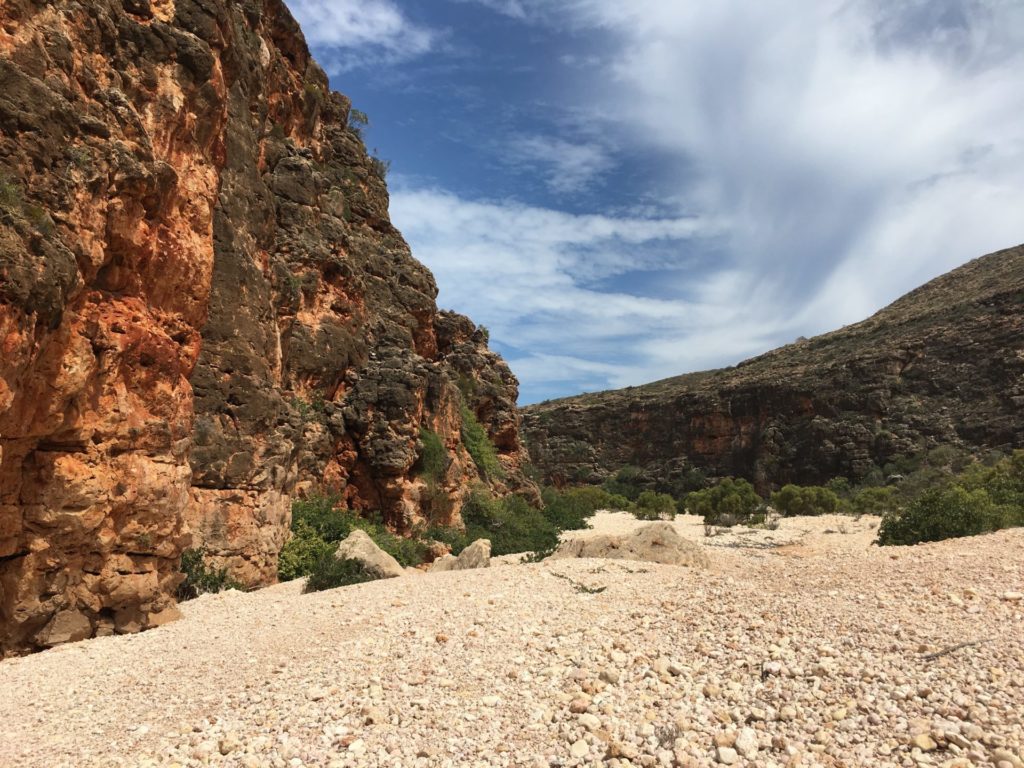
We have been warned
In 2019, IPBES (the Intergovernmental Science-Policy Platform on Biodiversity and Ecosystem Services) released its seventh global assessment report on biodiversity and ecosystem services. The IPBES report is the biodiversity equivalent of the IPCC (Intergovernmental Panel on Climate Change) global assessment reports which have warned for years – with increasingly strident language from scientists – of an impending climate crisis. The latest IPBES report is just as weighty, and it clearly signalled an equivalent biodiversity crisis.
The report’s key messages for policymakers should be compulsory reading for everyone. The authors conclude that whilst nature is essential for human existence, five accelerating drivers (land use intensification, resource exploitation, climate change, pollution, and invasive species) are causing rapid biodiversity declines, irrevocably altering earth’s ecosystems. Australia isn’t the only country that should worry about this toxic cocktail – we all should. It just happens that the need for humanity to confront the crisis head on is playing out in Australia in real time. Nature is calling us out, and she’s terrifying when she gets angry.
Our collective problem is that we treat biodiversity and other planetary resources as infinite, to be forever extracted and exploited. But as many commentators have pointed out, we cannot keep extracting, and biodiversity loss is just as catastrophic as climate change. The IPBES report calls for ‘transformative change’ across economic, social, political and technological factors if we are to avert the global biodiversity crisis. And in late 2019, Members of the European Parliament called for new biodiversity targets to be stringent, and legally binding. We have been warned.
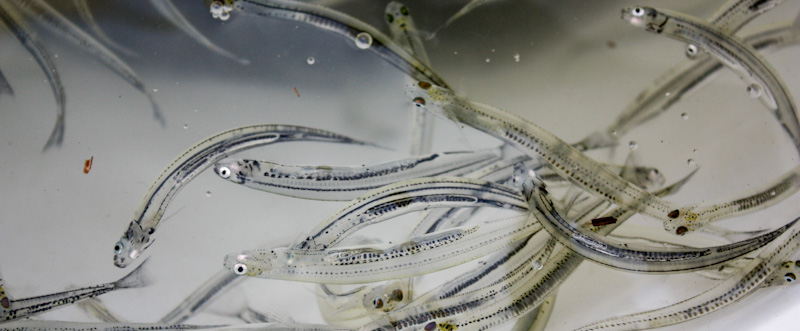
A radical rethink
What does ‘transformative change’ look like – not just in Australia but globally? How do we collectively take action to avert the impending crisis? Here are some ideas.
Get real
First, over the proverbial summer Christmas/New Year BBQ, I too had to engage with ill-informed relatives and friends that ‘need more evidence’ for climate change, or who argue that climate change is not responsible for [insert current disaster here]. I can’t believe we are even having these conversations. Get real! It’s 2020! Climate change is a thing, and it’s contributing to a whole lot of drivers that increase the risk of mega-fires in Australia (low rainfall, dry soils, low humidity, droughts, temperature extremes, high winds, etc.). A 2018 BOM/CSIRO report sums up the situation in Australia. And we shouldn’t think we are immune in New Zealand: temperature extremes are thought to increase the extent and frequency of mega-masts here, a phenomenon that results in a resource boon for rats and mice, which in turn devour our native plants and animals. The climate crisis is a biodiversity crisis the world over.
If you’re looking for an outlet to help you avoid wielding a blunt instument on head-in-the-sand relatives, have a read of this sobering opinion piece by Nathalie Whitaker on things we can all do – and then challenge yourself to get real and implement at least one of them before the end of 2020.
Indigenous voices
Second, I’ve been surprised and disappointed at the scarcity of Indigenous voices in this crisis, at least in mainstream media. As Lorena Allam eloquently points out, Indigenous people in Australia have been connected to the land for tens of thousands of years, and they are watching in anguish as their sacred places go up in smoke. Perhaps Indigenous people can teach us a lot about disaster risk reduction, whether in New Zealand, Australia, or anywhere. That’s not to say that we should revert solely to traditional ways – these fires are unprecedented in their intensity and scale and landscapes are different now – but there is something to be said for listening to the voices of those who have deep connections with the land and its plants and animals, and working respectfully together to come up with contemporary solutions in the apocalyptic world we all find ourselves in.
Good leadership
Third, if ever there was a time when good leadership is desperately needed, it is now. People look to leaders at times of crisis. When governments don’t provide the leadership we expect, it leaves a vacuum – filled by the loudest and squeakiest voices spouting alternative facts. You can’t help but think that democracy is failing us when vested interests drive political agendas, placing their puppets in the halls of power and fuelling the flames of claim and counter-claim with misinformation through the mainstream and social media that they’ve bought out in the first place.
Inspirational leadership should come from central governments, but perhaps for now we ought to look elsewhere. In late 2019, Greg Mullins, the former Fire & Rescue NSW Commissioner, reluctantly wrote this piece about the mega-fires in NSW. I’ve seen many quotes from that article since – mainly from scientists desperately trying to inject facts into fact-free and heated debate – as people search for good leadership. Likewise, the Firesticks Alliance is an Indigenous-led network in Australia that promotes the use of cultural burning. They run workshops aimed at empowering all communities – Aboriginal and non-Aboriginal – to ‘work together towards healthy, functional and resilient landscapes’. In New Zealand, Te Tira Whakamātaki has similarly filled a leadership vacuum in the biosecurity sector. Food for thought.
We need to find a way to support inspirational leaders, to listen and act on what they have to say, and to trust them to do their jobs. Visionary, values-based leadership will be a major predictor of whether we can avert the climate/biodiversity crisis.
Empower, protect, and restore
Finally, the only way to tackle the climate/biodiversity crisis is to focus on whole systems, not parts of them. In 2020, we shouldn’t still be entertaining simplistic arguments over whether high fuel loads or climate change are causing Australia’s mega-fires. Of course they interact.
The mega-fires are an example of a highly complex system problem, with a myriad of contributing biophysical components and a tangled web of policies and decision-making at Shire, State and Federal level. As far as I can tell, almost no-one is taking an inter-generational view or looking at the big picture. And such a lack of vision and leadership is by no means a problem confined to Australia.
Now is the time to recognise that our extractive approach to biodiversity management is not boundless; to ensure that biodiversity is never again treated as a sideshow to the main economic event; and to safeguard biodiversity as being front and centre of new economic paradigms, front and centre of sustainability initiatives, and front and centre of strategies for managing our landscapes and ecosystems. And we need to recognise the well-established links between nature and human wellbeing; to treat people as part of any system, and an even bigger part of any solutions. Only when people care do they take action, and actions – not words – will make politicians listen.
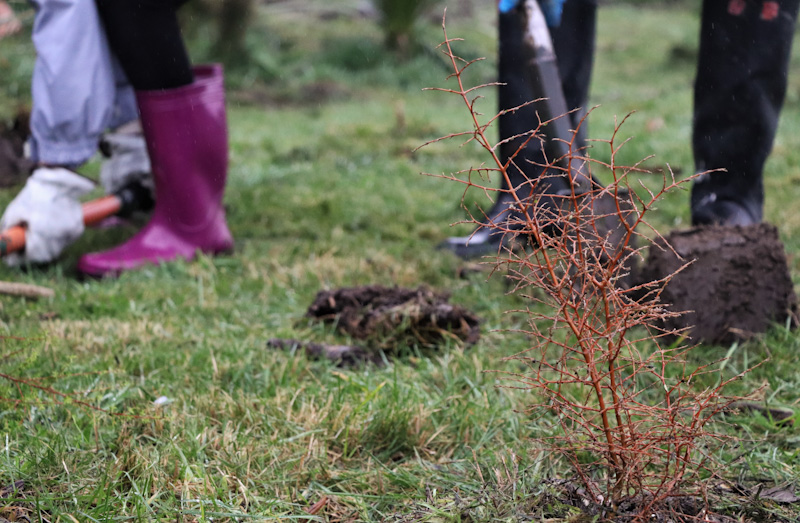
Now is the time to empower people with the tools and governance strategies that they need to take action to protect biodiversity – at local, regional, national and global levels – because it is one of the most important ways we can keep our citizens healthy and restore both the people and the planet. And in the science sector we need more than ever to support inter- and trans-disciplinary collaborations – amongst Indigenous knowledge holders, climate scientists, policymakers, technologists, ecologists, hydrologists, social researchers, psychologists and across numerous other fields – to uncover new ways to empower people, protect biodiversity, and restore the planet for future generations.
Without doubt, the climate crisis is also a biodiversity crisis. We need transformative change now, before it is too late.
